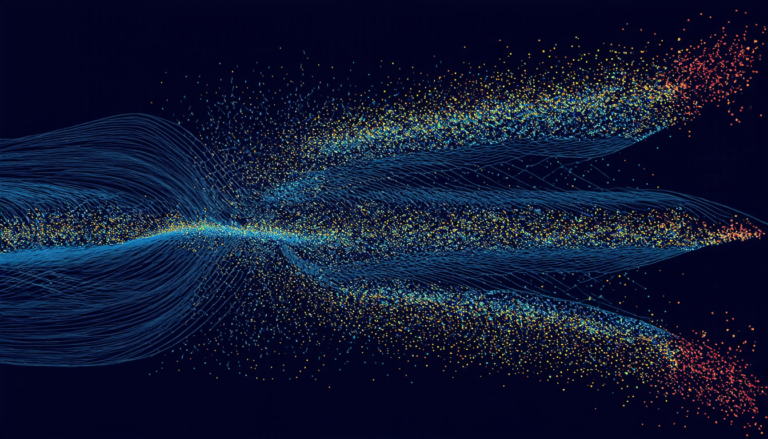Thursday 27 March 2025
The quest for the elusive axion, a hypothetical particle that could hold the key to understanding the fundamental forces of nature, has taken another step forward. Researchers have made significant progress in studying the interactions between axions and the lightest pseudoscalar mesons, such as η and η’, in a process known as decay.
Axions were first proposed in the 1970s as a solution to the strong CP problem, which is a puzzle that has puzzled physicists for decades. The theory suggests that axions could be an invisible particle that interacts very weakly with normal matter, making them extremely difficult to detect. However, if they exist, axions could have important implications for our understanding of the universe.
In recent years, scientists have been exploring ways to detect axions using a range of experimental methods. One approach is to study the decay of η and η’ particles into pairs of pions (π) and axions. These decays are extremely rare, but they could potentially be detected using advanced particle detectors.
The new research focuses on the interactions between axions and π-π systems in these decays. The team has developed a theoretical framework to describe these interactions, which involves calculating the probability of different decay channels. By comparing their results with experimental data, scientists can gain insights into the properties of axions and the forces that govern their behavior.
One of the key findings is that the decay rates for η → π0π0a and η’ → π+π−a are very sensitive to the values of certain parameters in the theory. These parameters determine the strength of interactions between axions, π-π systems, and other particles. By studying these decay rates, scientists can gain a better understanding of these interactions and how they affect the behavior of axions.
The research also highlights the importance of considering different scenarios for the existence of axions. In some models, axions are assumed to be neutral under a symmetry known as U(1)PQ, which is related to the strong CP problem. However, in other models, axions can have non-zero charges under this symmetry.
The results suggest that the decay rates for η and η’ particles could be significantly affected by the values of these charges. This has important implications for searches for axions using particle detectors. By taking into account these different scenarios, scientists can refine their search strategies and increase the chances of detecting axions.
Cite this article: “Unlocking the Secrets of Axions: New Research Provides Insights Into the Elusive Particles Behavior”, The Science Archive, 2025.
Axion, Particle Physics, Decay, Η Meson, Η’ Meson, Pseudoscalar Meson, Strong Cp Problem, U(1)Pq Symmetry, Quantum Field Theory, Experimental Particle Detector







